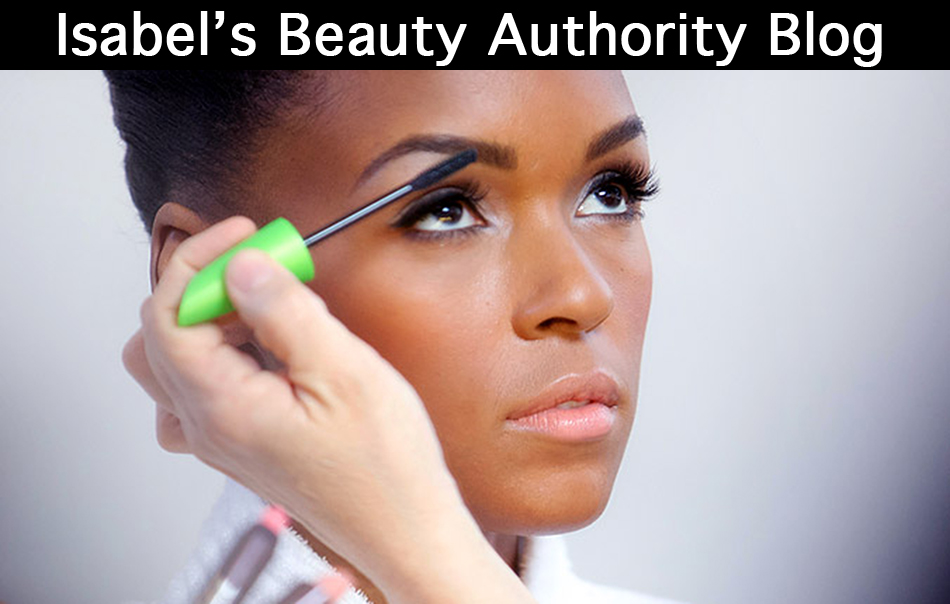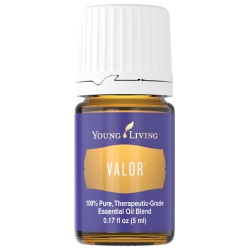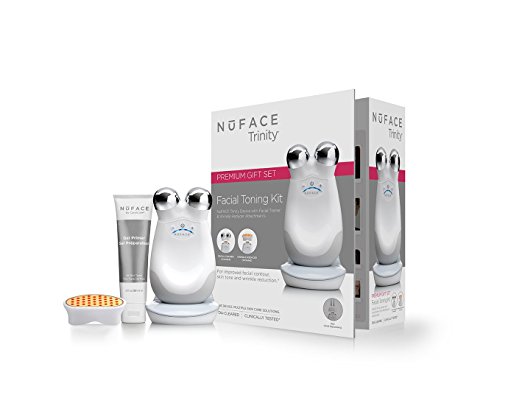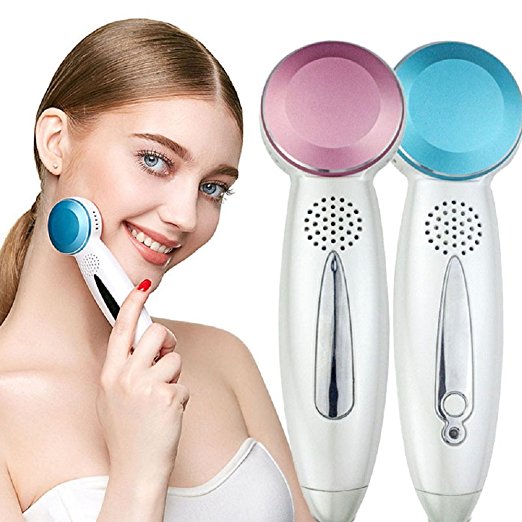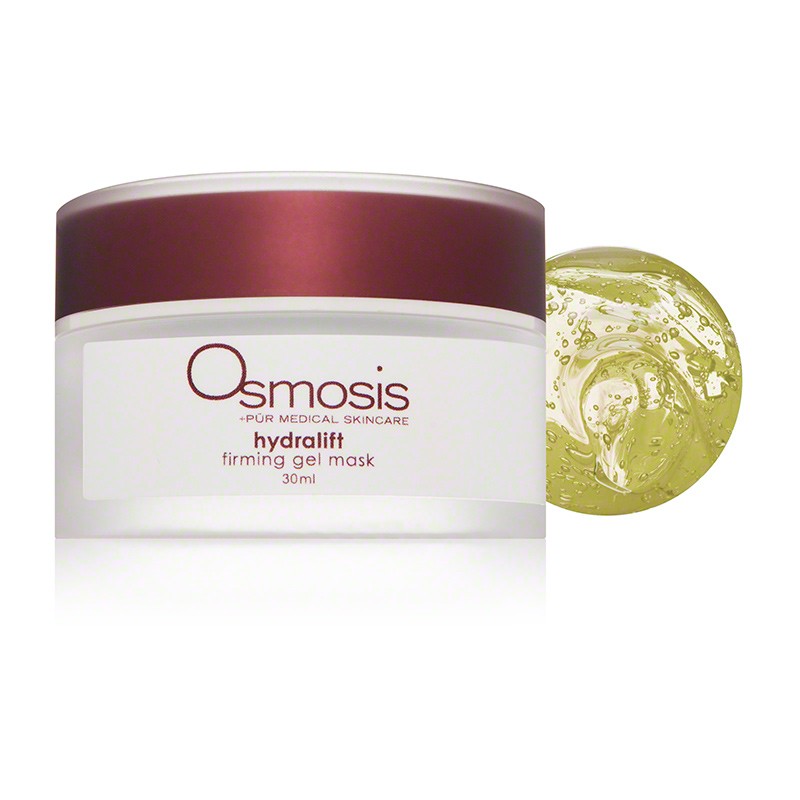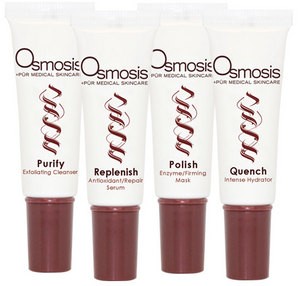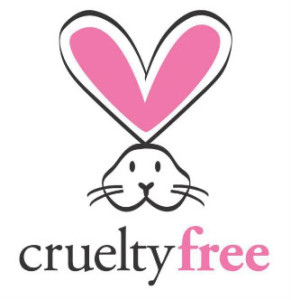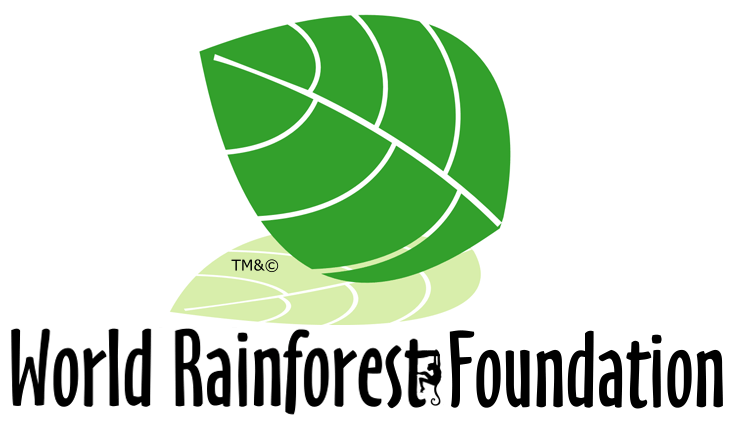If you are considering giving your face a lift, you may want to try one of these organic and natural facelift options as an alternative to going under the knife.
Bee Venom Masks
The latest magic ingredient being added to skin creams, lip-plumping potions and sticky face masks has been creating buzz.
Bee venom, long used in ancient medicine, is being touted as a “natural Botox” that stimulates the body’s production of collagen and elastin to smooth, lift and tighten skin. The venom also contains a compound called melittin, which has been shown to have anti-inflammatory properties.
The all-natural products being touted as a safe and organic facelift alternative is bee venom. This product is currently used at certain spas and, is even available over-the-counter. The product is made from real bee venom, although if you want to ensure that their specific product is organic, you should check out the ingredient list.
The bee venom is applied to the face like a regular facial mask. After dubbing it onto the skin, the venom then stimulates the production of elastin and collagen. These substances help to give the face a smoother texture by reducing the appearance of wrinkles and fine lines.
The Skin Is “Fooled” Into Releasing Collagen, Ellastin And Cortisone As A Natural Defence Thus Calming, Smoothing And Tightening The Skin All Day by thinking It’s Under Threat
Bee Venom Eyes is the latest product to combat signs of ageing with particular focus on the eyes.
A natural alternative to botox and the first product of its kind, it’s sure to create a buzz within your beauty routine.
Containing Manuka Honey, renowned for its soothing and healing properties, Bee Venom Eyes works to control muscles around the eyes for immediate lifting, tightening and firming.
Bee Venom Eyes also contains softening and calming Shea Butter, Rose and Lavender essential oils and River Silt* to feed the tissue, firming and tightening the skin, for an instant anti-ageing and rejuvenating effect.
Apply Heaven’s Bee Venom Eyes around the eyes and eyelids to combat the signs of ageing. Use morning and evening, applying a small amount underneath your moisturizer and skin will look and feel instantly younger and smoother.
This unique product has been specially created using natural and organic ingredients, combined to work in synergy for an instant anti-ageing effect around the eyes.
For many individuals, bee venom could be a good alternative to injectable dermal filler, It’s not invasive and is made from a completely natural ingredient. Obviously, this product may not be suitable for those with a bee allergy. A similar mask can be made by placing stinging nettles in warm water then mixing them with honey and yogurt. Is Natural, Organic, Paraben Free
Venom Is Safely Extracted Without Hurting The Bees
Is Natural, Organic, Paraben Free a great alternative to Botox
Patch Test Recommended. Not Suitable For Anyone With A Bee Sting Allergy
Dangers And Benefits Of Botulinum Toxin:
Botulinum toxin is an extremely dangerous toxin that can lead to botulism. Surprisingly, it has also become a great resource for the medical community. Read this article to learn more about this versatile toxin and how it is being used today.
What is Botulinum Toxin?
Botulinum toxin is a neurotoxin, which means that it is a type of toxin that directly affects nerve cells within the body. This toxin is produced by a certain kind of bacteria that can be found in soil or untreated water. Most commonly, humans are exposed to botulinum toxin when ingesting contaminated food. However, botulinum toxin may also develop in wound infections or the infant gastrointestinal tract. Botulinum toxin is an extremely dangerous toxin that can lead to botulism. Surprisingly, it has also become a great resource for the medical community. Read this article to learn more about this versatile toxin and how it is being used today.
What is Botulinum Toxin?
Botulinum toxin is a neurotoxin, which means that it is a type of toxin that directly affects nerve cells within the body. This toxin is produced by a certain kind of bacteria that can be found in soil or untreated water. Most commonly, humans are exposed to botulinum toxin when ingesting contaminated food. However, botulinum toxin may also develop in wound infections or the infant gastrointestinal tract.
Botulinum toxin is an extremely dangerous toxin that can lead to botulism. Surprisingly, it has also become a great resource for the medical community. Read this article to learn more about this versatile toxin and how it is being used today.
What is Botulinum Toxin?
Botulinum toxin is a neurotoxin, which means that it is a type of toxin that directly affects nerve cells within the body. This toxin is produced by a certain kind of bacteria that can be found in soil or untreated water. Most commonly, humans are exposed to botulinum toxin when ingesting contaminated food. However, botulinum toxin may also develop in wound infections or the infant gastrointestinal tract.
Medical Uses:
Many people are surprised to learn that, despite the many dangers associated with botulinum toxin and botulism, this substance can actually be used safely for a variety of medical and cosmetic procedures. Though botulinum toxin was discovered in the 1800s, it wasn’t until the 1950s that researched began looking for ways to use this toxin in medical procedures. By the 1970s, it was being used on humans to temporarily paralyze specific muscle impulses.
This discovery has led to the use of botulinum toxin for a variety of medical and cosmetic uses, including:
- Eye conditions: Certain conditions of the eye may be treated by injecting botulinum toxin, including strabismus (crossed eyes) and blepharospasm (uncontrollable blinking).
- Upper Motor Neuron Syndrome: People with this condition often have weaker muscles that are very tight or unable to lengthen properly. Botulinum toxin can be injected into certain muscles to decrease their level of contraction, which may allow patients to move and exercise.
- Excessive sweating: Botulinum toxin has been used to inhibit sweating. This use of the toxin is important because it was the first demonstration of a non-muscular use for that type of botulinum toxin.
- Cervical dystonia: Botulinum toxin has also been used to help with cervical dystonia, which is a neuromuscular disorder affecting the head and neck.
- Migraines: People with chronic migraines may experience relief after receiving injections of botulinum toxin.
Cosmetic procedures: Possibly the most famous use for botulinum toxin is for the reduced appearance of wrinkles. Most people are familiar with this procedure by one of the trade names for botulinum toxin: Botox. With this procedure, the toxin is injected in certain areas to reduce the appearance of fine lines and wrinkles. Typically, this is done in the area around the forehead, eyes, eyebrows and mouth. Since its approval, this use of botulinum toxin has become one of the most common cosmetic procedures in the United States.
